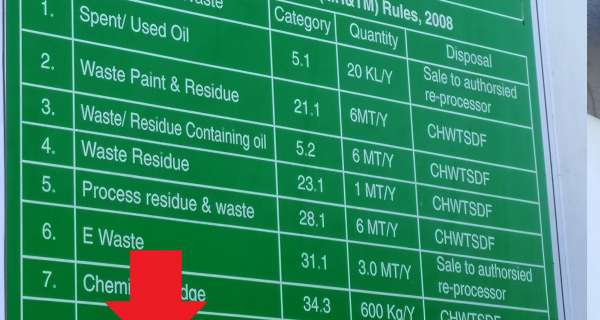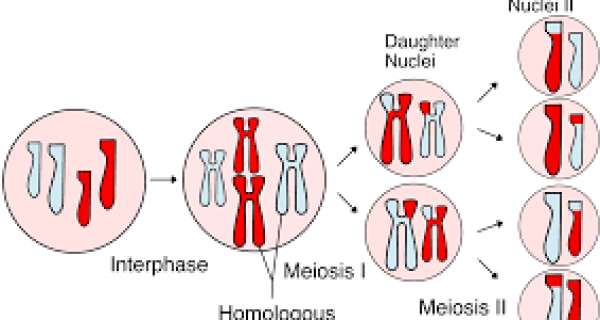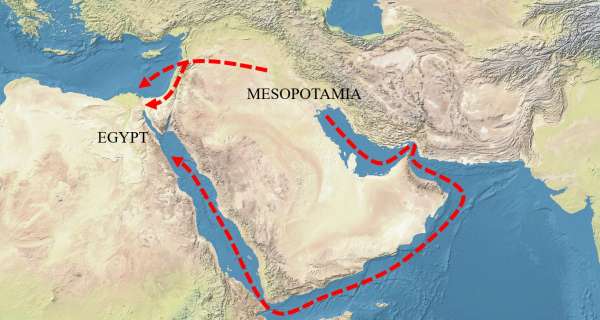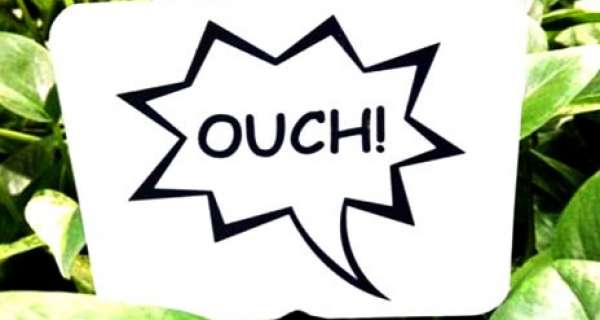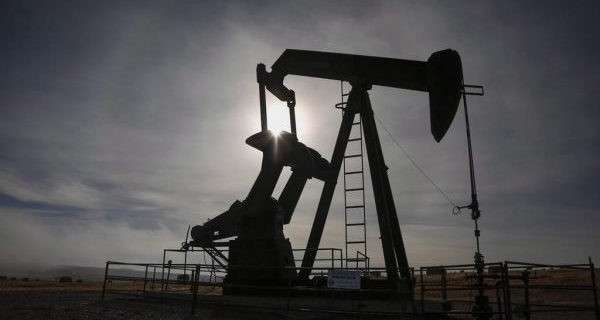Toxic waste generated in the process of extraction, transformation or production of any industry considered as a threat to the balance of ecosystems, because, they cannot be reused and their characteristics remain as toxic, corrosive, flammable or explosive hazardous. Examples of such products are:
Asbestos
Cyanides
Phenols
Pesticides
Fertilizers
Heavy metals
Paint residues
Waste oil
Waste fuels
However, there is no infrastructure to remove them.
Under this circumstance companies face two choices:
Keep them in their own facilities or clandestinely throw into public drainage. Research conducted by the INE (National Institute of Ecology) revealed that in 90% of cases nuclear waste has been thrown into the nature, with the consequences of pollution already known.
Hazardous toxic wastes can be grouped into six different categories:
Corrosives: acids and strong bases, phenol and bromine.
Reagents: nitrates, acetyl chloride, alkali metals.
Explosives: peroxides, chlorates, per chlorates, picric acid, trinitrotoluene, Trinitrobenzene, potassium permanganate.
Toxic: cyanide, arsenic, chromium, cadmium, lead, mercury, aniline, phenol, nitrobenzene.
Flammable: hydrocarbons, alcohols, ethers, aldehydes, ketones, phosphorus.
Biological waste: human blood, waste of patients suffering from contagious diseases (amputees, bodily secretions, organs removed in surgery, etc…), Medical and surgical equipment, sharps that are contaminated in the surgery.
Toxic waste (The most hazardous waste):
Lead: it is possibly one of the first metals discovered by man. It is mainly used to produce batteries, dyes, pigments for coating wires, pipes and sheets etc… It is also present in some types of gasoline. Lead, as a pollutant to the environment, comes mostly from the use of pesticides so that it can accumulate in the soil and then be washed away by rain into rivers or the sea finally polluting these natural resources.
This matter can be ingested through water or food, thus causes a disease called poisoning in humans. It can cause damage to the nervous system, the digestive and reproductive systems; also affects plankton and various aquatic creatures.
Arsenic: if it gets to accumulate in the tissues of organisms then it kills them.
Mercury: it is a highly toxic substance that is deposited in the air and in the water. Industries producing vinyl chloride use it to make plastic items, or to paint vinyl records which generate waste mercury. It is also used in the oil industry, to prepare detergents, paper, photographic materials, electrical equipment, in the manufacture of incandescent lamps, medical and X-ray tubes. Its toxicity became known after serious accident in Minamata Bay, Japan. As in this place contaminated sewage of plastics industry (mercury) discharged into the sea and caused fish poisoning. Then, besides many dead bodies, animals or the people who ate those fishes suffered irreversible damage to their health: seizures, mental confusion, and impaired ability to walk and talk and in some incidents it caused death of people. At that time (1950-1952) about 14 thousand people were due to the mercury poisoning. It evaporates too easy at ordinary temperatures and it also emits very toxic fumes.
Cadmium: This item is used to lacquer metals, manufacturing pigments, coloring plastics, enamels and glass, producing photographic materials, making soaps, rubber, and even in nuclear reactors to produce fireworks.
What are the different types of Hazardous waste?
